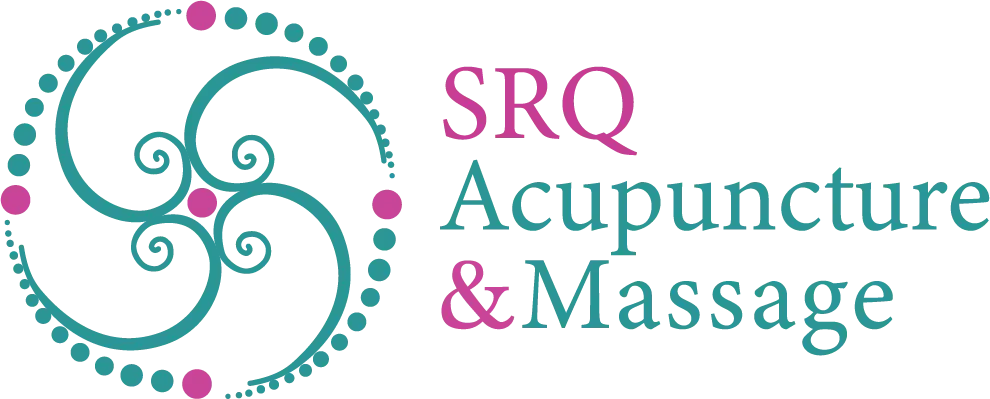Yes, there’s a specific type of needle-less Acupuncture for kids.
What are the Risks and/or Side Effects?
Pediatric acupuncture, including Shoni Shin, is safe. For children with low immune function or blood cell problems, adjustments may be made to the type and timing of treatments. If you child is part of that demographic, I would recommend looking into NAET with Dr. Ang.
What are the Benefits?
Pediatric acupuncture, including shoni shin, can be used to treat the following conditions:
-
ADD/ADHD
-
Allergies
-
Anxiety
-
Asthma
-
Bed wetting
-
Cold and flu symptoms
-
Colic
-
Constipation
-
Cough
-
Cancer symptom relief (nausea and fatigue)
-
Diarrhea
-
Ear infection
-
Eczema
-
Headaches
-
Muscle weakness and fatigue
-
Pain (of all kinds)
-
Poor sleeping patterns
-
Stomach aches
How Do I Prepare?
To help you child prepare for shonishin, you should do the following:
-
Make sure you schedule your child’s appointment so that it is not right before any activities that may be stressful to your child.
-
Make sure your child has a chance to eat about two hours before the session.
-
Make sure your child avoids any stimulants, such as drinks that may have caffeine in them.
-
Dress your child in lose clothing so that it can be easily moved out of the way, as needed.
Try to be early for your child’s appointment, instead of waiting until the last minute to leave and rushing. Making sure your child is not stressed right before the appointment will help you get better results.
How is it Done or Administered?
There are acupressure points all over the body. Your child’s acupressure specialist will help explain a treatment plan that is based on your child’s symptoms, as well as what you are hoping to treat.
Your child will be asked to lie down on a padded table, and may be asked to change into a dressing gown, depending on what needs to be treated. A shoni shin practitioner will use small metal shonishin tools to scratch, tap or brush on your child’s skin over acupuncture pathways. This treatment gently relaxes and simulates the child’s body back into balance.
When Will I Know the Results?
Talk to your child’s doctor to get a better understanding of when you can expect to see results from your child’s treatment.
What are Follow-up Requirements and Options?
Your child’s doctor will work with you to create a follow-up plan that is designed to help your child get the best effects from treatment.
Shoni shin is kind of acupuncture that uses small metal tools to scratch, tap, or brush on the child’s skin over acupuncture pathways. It does not use needles and is painless. This treatment gently relaxes and simulates the child’s body back into balance. Shoni shin was developed in Japan and is still a main method for pediatric healthcare there.
What is Shoni shin?
Pediatric acupuncture is a specialized approach to acupuncture for children between the ages of 1 month to 18 years old. The main goal of all acupuncture is to balance, regulate or strengthen a patient’s energy, which is called qi [chee]. The different types of acupressure stimulation that are used in children are:
-
Shoni shin [show-nee-shin]. This is a Japanese type of acupuncture that doesn’t use needles and is painless. Trained practitioners use small metal shoni shin tools to scratch, tap or brush on the child’s skin over acupuncture pathways. This treatment gently relaxes and simulates the child’s body back into balance. Shoni shin was developed in Japan and is still a main method for pediatric healthcare there.
-
Acupressure. Touching or massaging specific points on the child’s skin.
-
Acutonics. The use of tuning forks sending specific vi brational waves into the acupuncture points, opening up the flow of qi in that channel. This treatment gently relaxes and simulates the child’s body and mind back into balance.
-
Acupuncture [ACK-you-punk-shure]. Inserting very thin (as thin as a hair), sterile, single-use needles into the skin at specific acupoints on the body. Sometimes, small bandages with tiny stimulating points, called acu-tacks are used.

